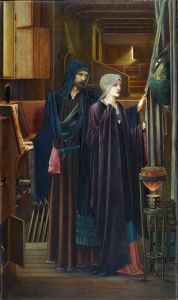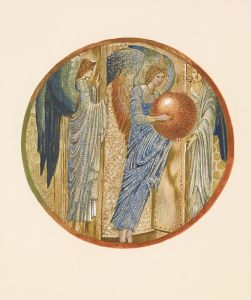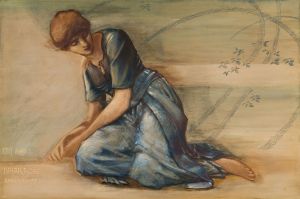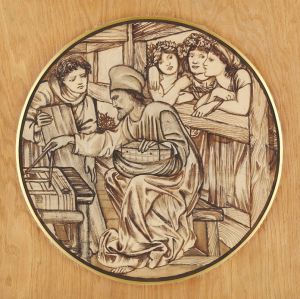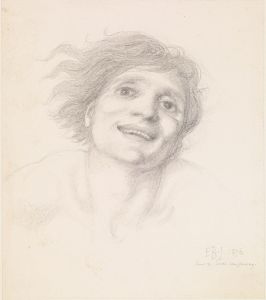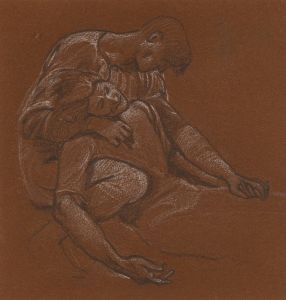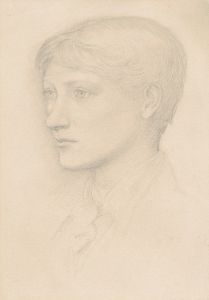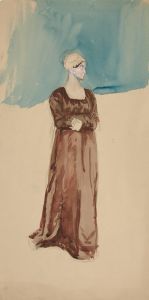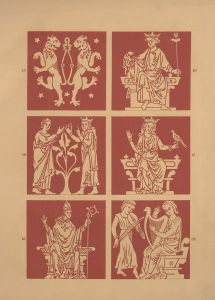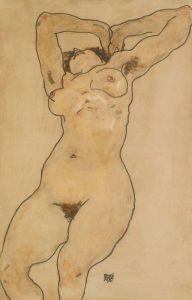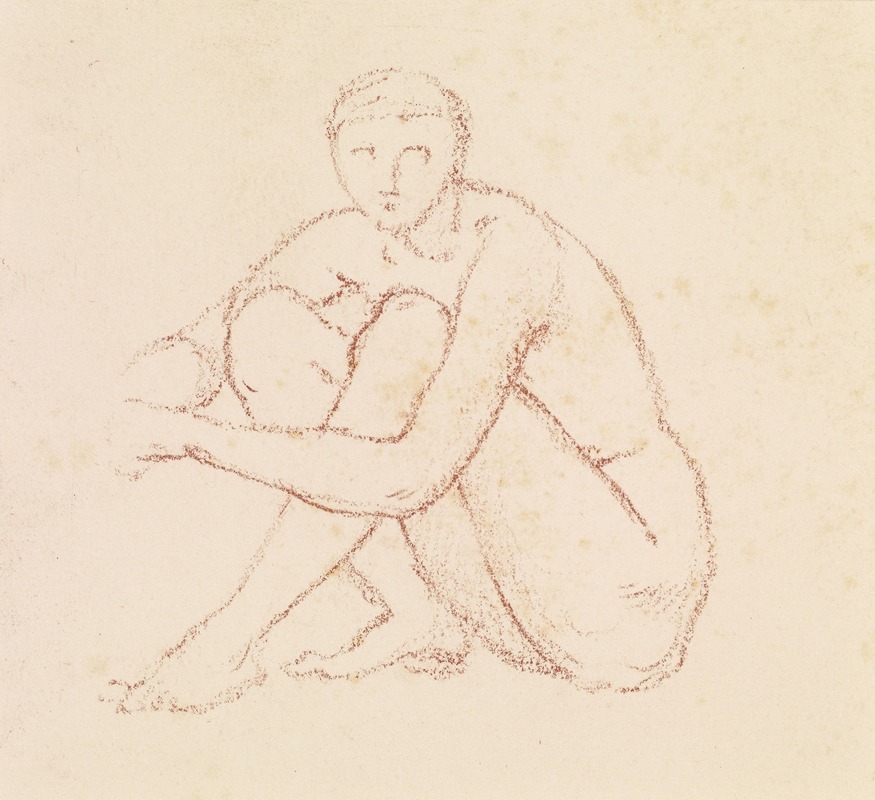
Female Nude – Study of a seated Figure
A hand-painted replica of Sir Edward Coley Burne-Jones’s masterpiece Female Nude – Study of a seated Figure, meticulously crafted by professional artists to capture the true essence of the original. Each piece is created with museum-quality canvas and rare mineral pigments, carefully painted by experienced artists with delicate brushstrokes and rich, layered colors to perfectly recreate the texture of the original artwork. Unlike machine-printed reproductions, this hand-painted version brings the painting to life, infused with the artist’s emotions and skill in every stroke. Whether for personal collection or home decoration, it instantly elevates the artistic atmosphere of any space.
"Female Nude – Study of a Seated Figure" is a drawing by the British artist Sir Edward Coley Burne-Jones (1833–1898), a prominent figure in the Pre-Raphaelite movement and later associated with the Aesthetic Movement. This artwork is a preparatory study that reflects Burne-Jones's meticulous approach to the human form and his dedication to idealized beauty, which were central themes in his artistic practice.
The drawing depicts a seated female nude, rendered with delicate lines and a focus on anatomical precision. Burne-Jones often created such studies as part of his process for larger, more elaborate works, particularly his paintings and stained glass designs. These preparatory works allowed him to explore the pose, proportions, and composition of his figures before incorporating them into his finished pieces. The seated pose in this study suggests a contemplative or introspective mood, which is characteristic of many of Burne-Jones's figures.
Burne-Jones's art was heavily influenced by classical mythology, medieval romance, and Renaissance aesthetics. While this specific study does not directly reference a particular narrative, it exemplifies his broader interest in timeless and idealized representations of the human figure. The emphasis on grace and harmony in the drawing aligns with the ideals of the Aesthetic Movement, which sought to prioritize beauty and artistic expression over narrative or moral content.
The medium of the drawing is likely graphite or chalk on paper, materials commonly used by Burne-Jones for his studies. The simplicity of the medium allows the focus to remain on the form and pose of the figure, showcasing the artist's skill in capturing subtle details of anatomy and texture.
As with many of Burne-Jones's works, this study reflects his collaboration with models, who played a crucial role in his creative process. However, specific details about the model for this drawing are not documented. The artwork is part of Burne-Jones's extensive body of preparatory studies, many of which are held in public and private collections. The exact location of this particular drawing may vary depending on its current ownership or exhibition status.
"Female Nude – Study of a Seated Figure" serves as a testament to Burne-Jones's artistic philosophy and his commitment to the pursuit of beauty through careful observation and craftsmanship. It remains an example of his skill as a draughtsman and his contribution to 19th-century British art.





